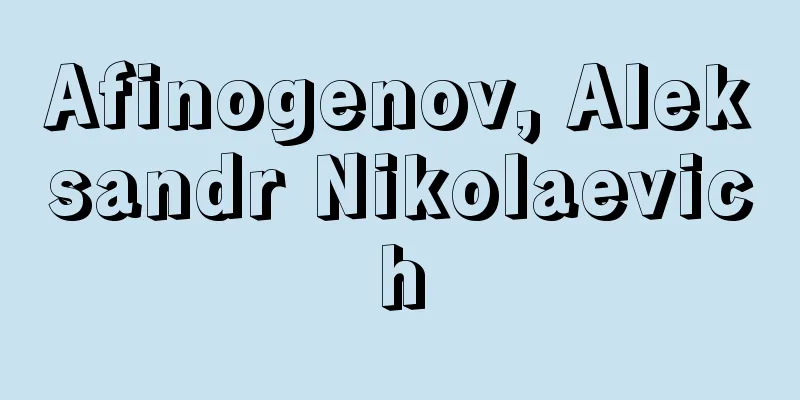Epee, CM, A.de l' - Epee
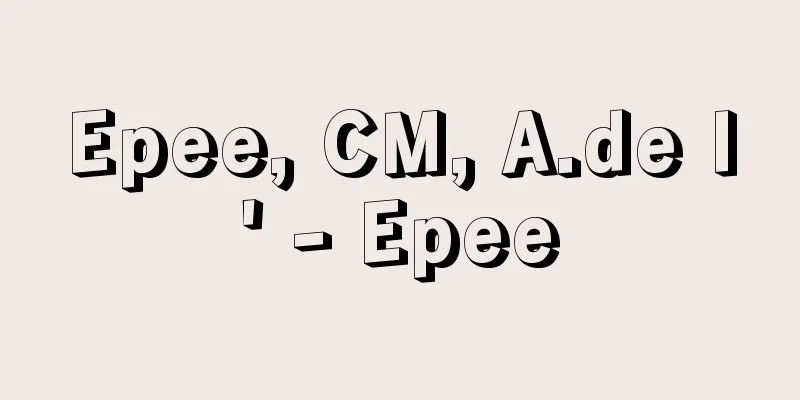
|
...A visual and action language centered on gestures, used by deaf people. Deaf people who have difficulty learning spoken language have long used gestures as their main means of communication. These gestures were limited to communicating things and situations in front of them, and were of no further use. However, as the opportunities for deaf people to interact with each other increased and their living space expanded, a need arose for common, systematic gestures. This opportunity was created by the opening of schools for the deaf. In the mid-18th century, the world's first school for the deaf was founded in Paris by Charles Michel, Abbé de l'Epée (1712-89). From [Education for the Disabled] Special education is a general term for education for people with physical and mental disabilities. In Japan, this is stipulated in the School Education Act, and is called special education (Chapter 6). The following section focuses on education for children with disabilities. From 【Deaf School】...A school established specifically to educate deaf and severely hearing-impaired children. Japan's School Education Act (1947) stipulates that its purpose is to provide deaf children with an education equivalent to that of kindergarten, elementary school, junior high school, or high school, and to impart the necessary knowledge and skills to compensate for their deficiencies. It is the oldest special education school, and the foundation of modern deaf schools was established in the mid-18th century by Charles Michel, abbé de l'Épée (1712-89) of France and Samuel Heinicke (1727-90) of Germany. *Some of the terminology explanations that mention "Epee, CM, A.de l'" are listed below. Source | Heibonsha World Encyclopedia 2nd Edition | Information |
|
…聾者に使用されている,身ぶりを中心とした視覚的・動作的言語。音声言語の習得に障害をもつ聾者は,古くから身ぶりを伝達の主要手段としていた。その身ぶりは,眼前の事物や状況の伝達に限られ,また,それ以上の役にはたたなかったが,聾者の相互交渉の機会が多くなり,その生活空間が拡大するにつれ,共通性の高い,体系だった身ぶりの必要性が生じてきた。こうした機縁をつくったのが聾学校の開設である。18世紀の中葉,エペーCharles Michel,Abbé de l’Epée(1712‐89)によって世界最初の聾学校がパリに創設された。… 【障害者教育】より…心身に障害をもつ人びとにたいする教育の総称。児童・生徒に関しては,日本の場合学校教育法に規定されており,この教育を特殊教育special educationと呼んでいる(第6章)。以下,障害をもつ子どもにたいする教育を中心に述べる。 【聾学校】より…聾児や高度難聴児の教育を行うために特別に設けられた学校。日本の学校教育法(1947)では,その目的を,聾者に〈幼稚園,小学校,中学校又は高等学校に準ずる教育を施し,あわせてその欠陥を補うために,必要な知識技能を授けること〉と規定している。特殊教育学校としては成立が最も古く,18世紀半ば,フランスのエペーCharles Michel,abbé de l’Épée(1712‐89),ドイツのハイニッケSamuel Heinicke(1727‐90)などによって近代聾学校の基礎がつくられた。… ※「エペー,C.M.,A.de l'」について言及している用語解説の一部を掲載しています。 出典|株式会社平凡社世界大百科事典 第2版について | 情報 |
Recommend
Purveyor - Goyoutashi
In the Edo period, privileged merchants had access...
Lattice defects
There is a wide range of regularity in the atomic...
Saigon
...City in southern Vietnam. Formerly known as Sa...
Jones, Bobby
...The technical progress in the United States wa...
Ferdinand Marie, vicomte de Lesseps
French diplomat. Founder of the Suez Canal Compan...
Ichigaya
A district in the eastern part of Shinjuku Ward, ...
Steuerhintergrund
...Actions aimed at reducing the tax burden of ta...
Marimba - Marimba (English spelling)
A general term for African xylophones, and a type...
Plateau basalt
This type of basalt makes up the vast lava plateau...
Berliner Illustrierte Zeitung (English)
…This growth continued until the beginning of the...
Bureaucratic politics model
Intragovernment politics. One of the three models ...
Fernando Álvarez de Toledo, Duke of Alba
Spanish soldier and politician. The third duke of...
German Music - German Music
The greatness of German music, represented by such...
Kanjin Sajiki
...By the end of the Heian period, box seats for ...
Ludwigia
…An aquatic perennial plant of the Onagraceae fam...


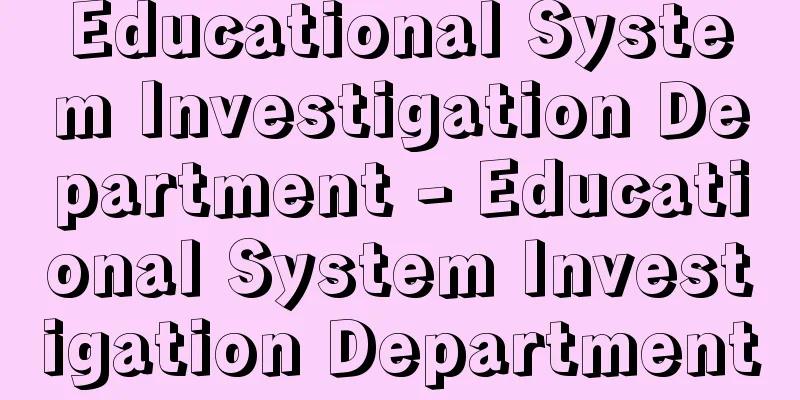

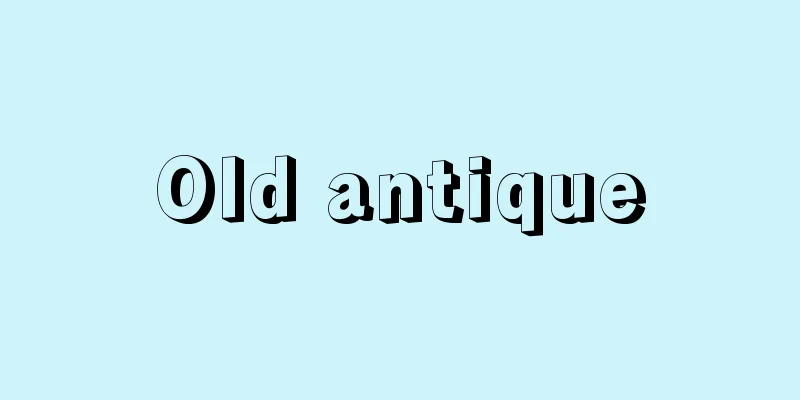
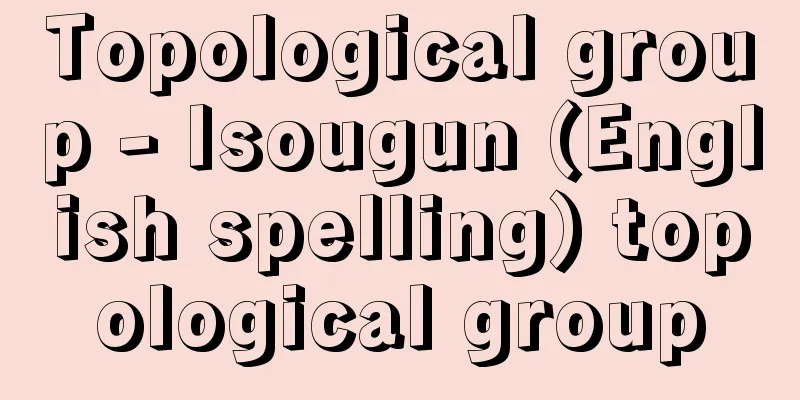
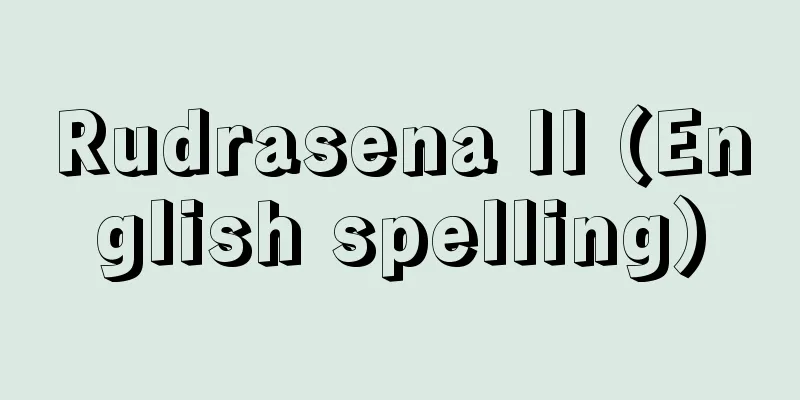
![Iruma [city] - Iruma](/upload/images/67caf3d3d0041.webp)

